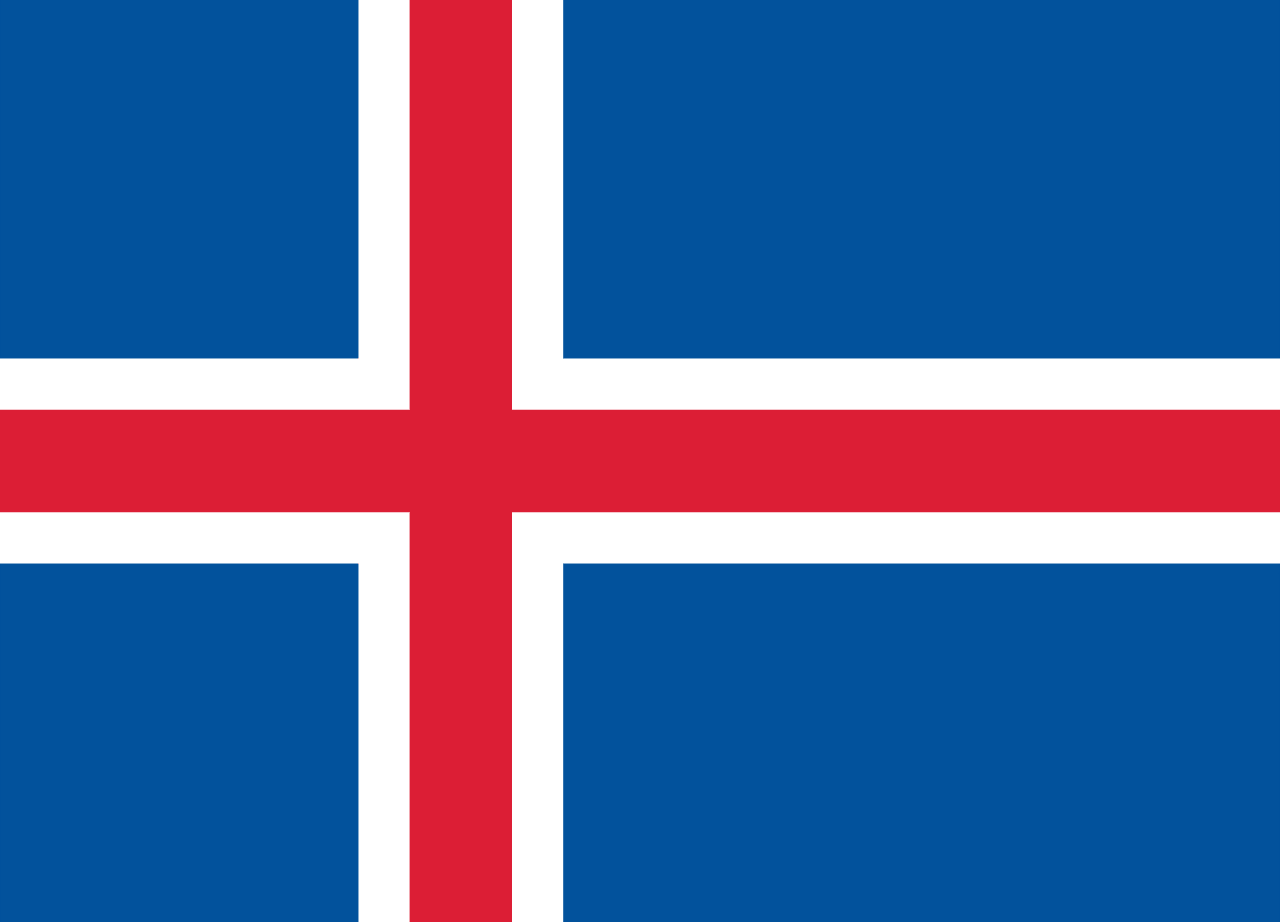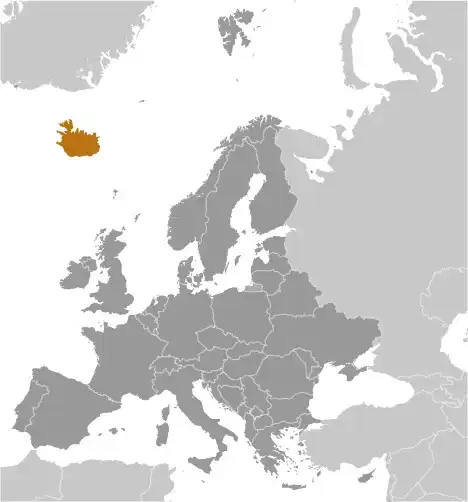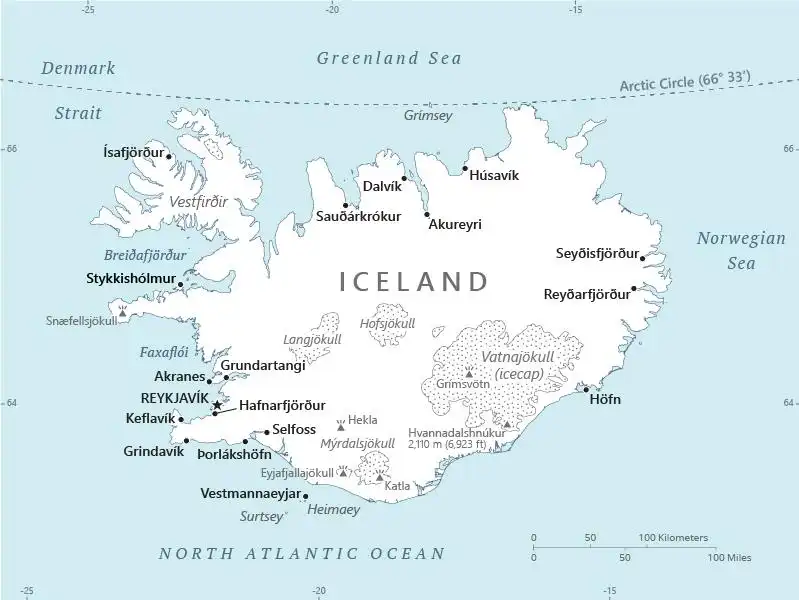
Iceland Country Profile
Key Facts of Iceland

| Government type: | unitary parliamentary republic |
| Capital: | Reykjavik |
| Languages: | Icelandic, English, Polish, Nordic languages, German |
Iceland Demographic Data
Ethnic Groups in Iceland(2024 est.)
Religious Groups in Iceland (2024 est.)
Age pyramid of Iceland

Iceland Economy Statistics
Economic overview of Iceland
high-income north Atlantic island economy; non-EU member but market integration via European Economic Area (EEA); dominant tourism, fishing, and aluminum industries vulnerable to demand swings and volcanic activity; inflation remains above target rate; barriers to foreign business access and economic diversification
Iceland Real GDP (purchasing power parity) in Billion $
Iceland Real GDP per capita in $
Iceland's Exports & Imports in billion $
Top 5 Import Partnerin 2022 (45%) of Iceland
Top 5 Import Commodities in 2022 of Iceland
- refined petroleum ⛽
- aluminum oxide 🪙
- cars 🚗
- carbon-based electronics 💻
- aircraft ✈️
Top 5 Export Partnerin 2022 (58%) of Iceland
Top 5 Export Commodities in 2022 of Iceland
- fish 🐟
- aluminum 🪙
- iron alloys 🪓
- aluminum wire 🪙
- animal meal 🍖
Geography of Iceland
Map of Iceland

Land and Water Distrubtion of Iceland
Natural Resources of Iceland
- fish 🐟
- hydropower 💧⚡
- geothermal power 🌋
- diatomite 🪨
Climate inIceland
temperate; moderated by North Atlantic Current; mild, windy winters; damp, cool summers
History of Iceland - a Summary
Settled by Norwegian and Celtic (Scottish and Irish) immigrants during the late 9th and 10th centuries A.D., Iceland boasts the world's oldest functioning legislative assembly, the Althingi, which was established in 930. Independent for over 300 years, Iceland was subsequently ruled by Norway and Denmark. Fallout from the Askja volcano of 1875 devastated the Icelandic economy and caused widespread famine. Over the next quarter-century, 20% of the island's population emigrated, mostly to Canada and the US. Denmark granted limited home rule in 1874 and complete independence in 1944. The second half of the 20th century saw substantial economic growth driven primarily by the fishing industry. The economy diversified greatly after the country joined the European Economic Area in 1994, but the global financial crisis hit Iceland especially hard in the years after 2008. The economy is now on an upward trajectory, primarily thanks to a tourism and construction boom. Literacy, longevity, and social cohesion are first-rate by world standards.
